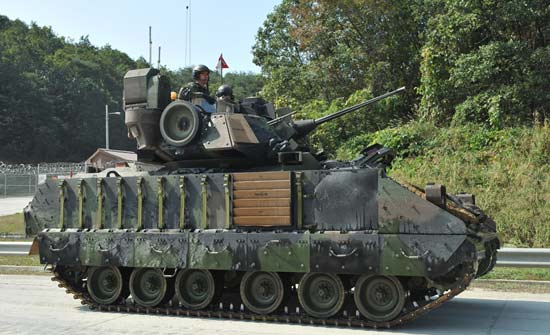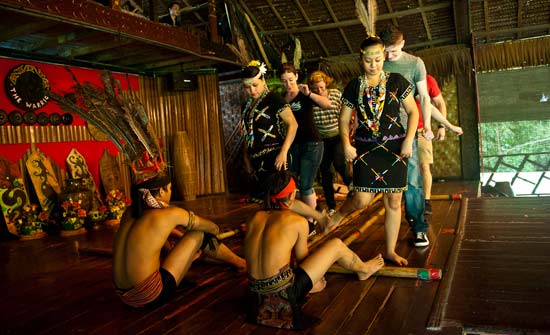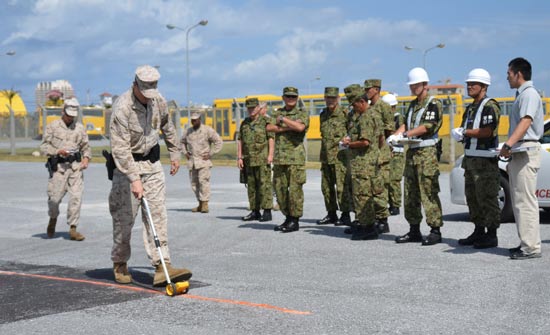News
- USS Bonhomme Richard Visits Subic Bay, Philippines
- George Washington Conducts RAS, Replenishes Vandegrift (DVIDS)
- USS Pittsburgh CO, Crew Members Participate in Namesake City Visit
- USN Growlers Fly to Australia for Exercise (Defense News)
- Business Leaders Witness Combined Military Might
- U.S., Timor-Leste Defense Forces to Conduct Exercise Crocodilo
Blog Headlines
About United States Pacific Command

U.S. Pacific Command (USPACOM), together with other U.S. Government agencies, protects and defends the United States, its territories, Allies, and interests; alongside Allies and partners, promotes regional security and deters aggression; and, if deterrence fails, is prepared to respond to the full spectrum of military contingencies to restore Asia-Pacific stability and security.










